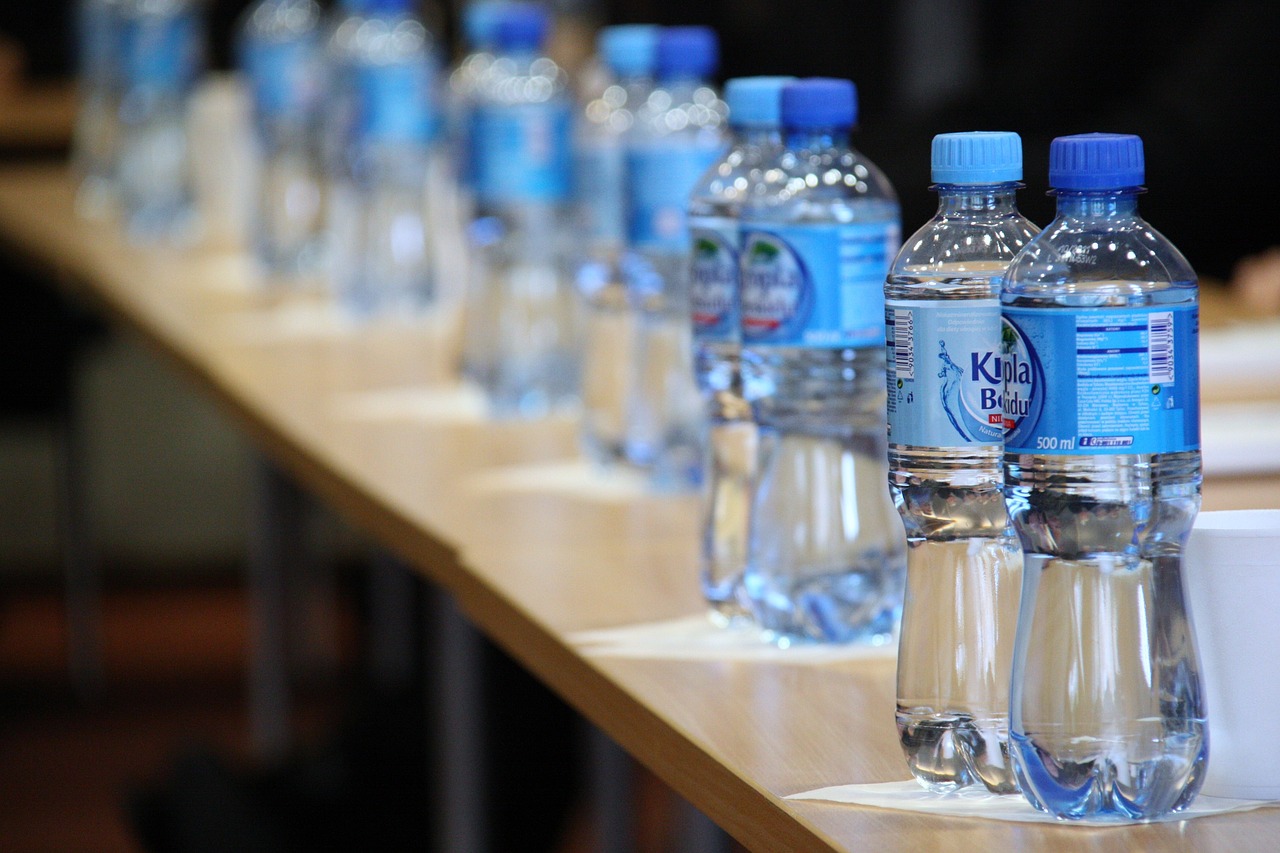Plastic bottles are ubiquitous in our daily lives, from drinking water to soft drinks and household products. But have you ever wondered how many plastic bottles are used globally each year? Let’s dive into the staggering numbers and explore the implications of this massive consumption.
Global Plastic Bottle Usage
According to recent estimates, approximately 500 billion plastic bottles are used globally each year. That breaks down to about 1 million plastic bottles per minute. This number highlights the immense scale of plastic consumption and its potential impact on the environment.
Major Contributors
Several factors and regions contribute significantly to the high usage of plastic bottles:
- Beverage Industry: The beverage industry is the largest consumer of plastic bottles, with water, soda, and juice manufacturers being the primary users. Bottled water alone accounts for a substantial portion of the total usage.
- Developed Countries: Developed countries like the United States and those in Europe are significant consumers of plastic bottles due to high per capita consumption rates.
- Emerging Markets: Rapid urbanization and increased disposable income in emerging markets, such as China and India, have led to a surge in plastic bottle usage.
Production and Lifecycle
The lifecycle of a plastic bottle involves several stages, each contributing to its widespread use:
- Production: Plastic bottles are typically made from polyethylene terephthalate (PET), a type of plastic known for its strength and light weight. The production process involves extracting raw materials, such as petroleum, and converting them into PET through chemical reactions.
- Distribution: Once produced, plastic bottles are filled with beverages or other liquids and distributed worldwide. This involves a complex logistics network to transport the bottles from manufacturing plants to consumers.
- Consumption: Consumers purchase and use plastic bottles for convenience, especially in regions where tap water quality is a concern or where on-the-go lifestyles are prevalent.
- Disposal: After use, plastic bottles are often discarded. While some are recycled, a significant portion ends up in landfills or as litter, contributing to environmental pollution.
Environmental Impact
The extensive use of plastic bottles has several environmental implications:
- Waste Generation: A large number of plastic bottles end up in landfills, taking hundreds of years to decompose. This contributes to growing waste management challenges.
- Ocean Pollution: Many plastic bottles find their way into oceans, harming marine life. Microplastics, resulting from the breakdown of larger plastic items, have been found in the digestive systems of various marine species.
- Resource Depletion: The production of plastic bottles relies heavily on fossil fuels, contributing to resource depletion and carbon emissions.
- Recycling Challenges: While recycling can mitigate some of the environmental impacts, only a fraction of plastic bottles are recycled. Inefficient recycling systems and contamination are significant barriers to effective recycling.
Future Trends and Solutions
Addressing the issue of plastic bottle usage requires a multifaceted approach:
- Increased Recycling: Improving recycling rates through better infrastructure, education, and incentives can reduce the number of plastic bottles ending up in landfills and oceans.
- Alternative Materials: Developing and adopting alternative materials, such as biodegradable plastics and reusable containers, can decrease reliance on single-use plastic bottles.
- Policy Interventions: Governments can implement policies to reduce plastic consumption, such as bans on single-use plastics, deposit return schemes, and incentives for using sustainable alternatives.
- Consumer Awareness: Educating consumers about the environmental impact of plastic bottles and encouraging sustainable practices, like using reusable bottles, can drive behavior change.
In conclusion, the global usage of plastic bottles is immense, with significant environmental repercussions. Understanding the scale of this issue and exploring potential solutions is crucial for reducing the environmental footprint of plastic bottles. Whether through policy changes, technological innovations, or shifts in consumer behavior, addressing the challenge of plastic bottle consumption requires concerted efforts from all sectors of society.

